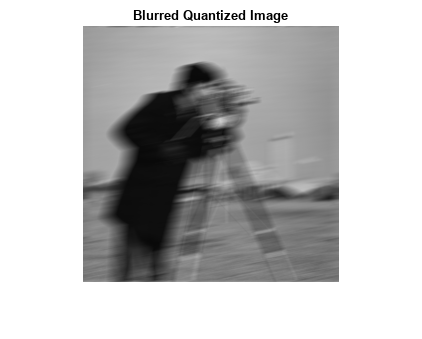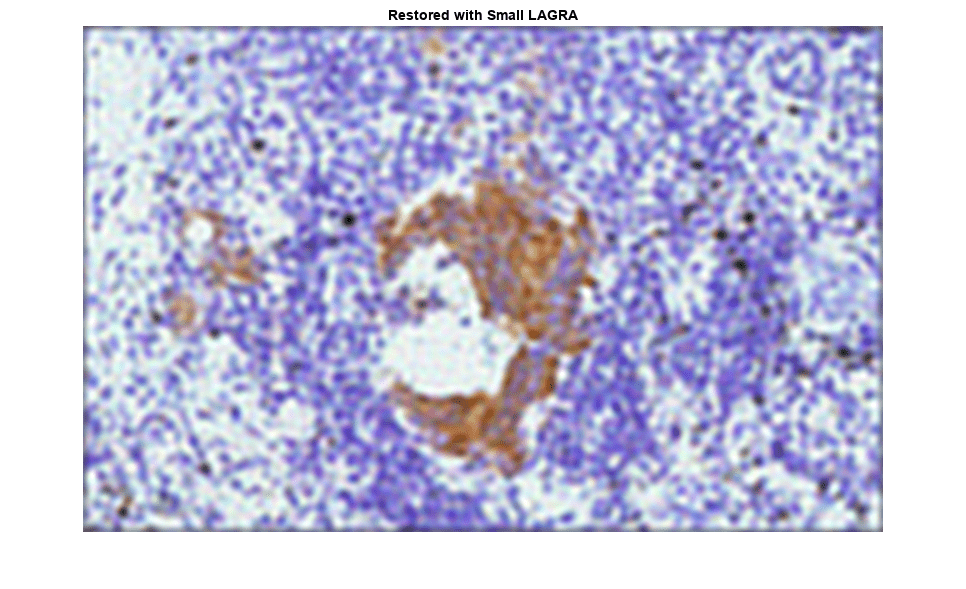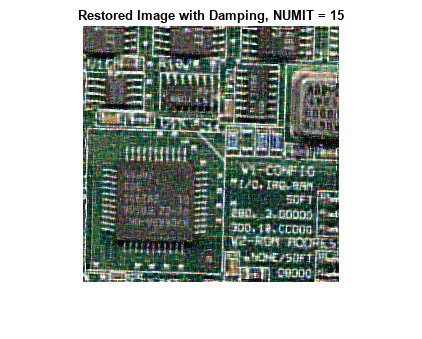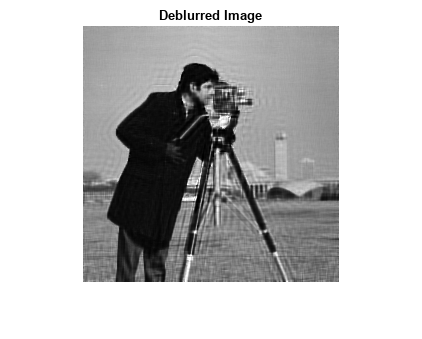去模糊
图像可能会因模糊而发生畸变,例如运动模糊或失焦镜头造成的模糊。模糊由畸变算子表示,也称为点扩散函数 (PSF)。不同的去模糊算法根据您对图像中 PSF 和噪声的了解程度来估计和去除模糊。
函数
deconvblind | 使用盲反卷积对图像进行去模糊处理 |
deconvlucy | 使用露西-理查森方法对图像进行去模糊处理 |
deconvreg | Deblur image using regularized filter |
deconvwnr | 使用 Wiener 滤波对图像进行去模糊处理 |
edgetaper | Taper discontinuities along image edges |
otf2psf | Convert optical transfer function to point-spread function |
psf2otf | Convert point-spread function to optical transfer function |
padarray | 填充数组 |
主题
- Image Deblurring
Deblurring is a process that removes distortion from a blurry image, using knowledge of how the optical system blurs a single point of light.
- Adapt the Lucy-Richardson Deconvolution for Various Image Distortions
The Lucy-Richardson deconvolution function enables you to deblur images with complicated distortions such as nonuniform image quality or undersampling.
- Adapt Blind Deconvolution for Various Image Distortions
Although blind deconvolution algorithm does not require information about the blurring or noise, it enables you to deblur images that have complicated distortions such as nonuniform image quality or undersampling.
- Create Your Own Deblurring Functions
To create your own deblurring functions, convert the distortion operator between the spatial and the frequency domains.
- Avoid Ringing in Deblurred Images
Ringing is an artifact that appears as alternating bright and dark bands near edges. Reduce ringing by blurring the edges of the original image.



